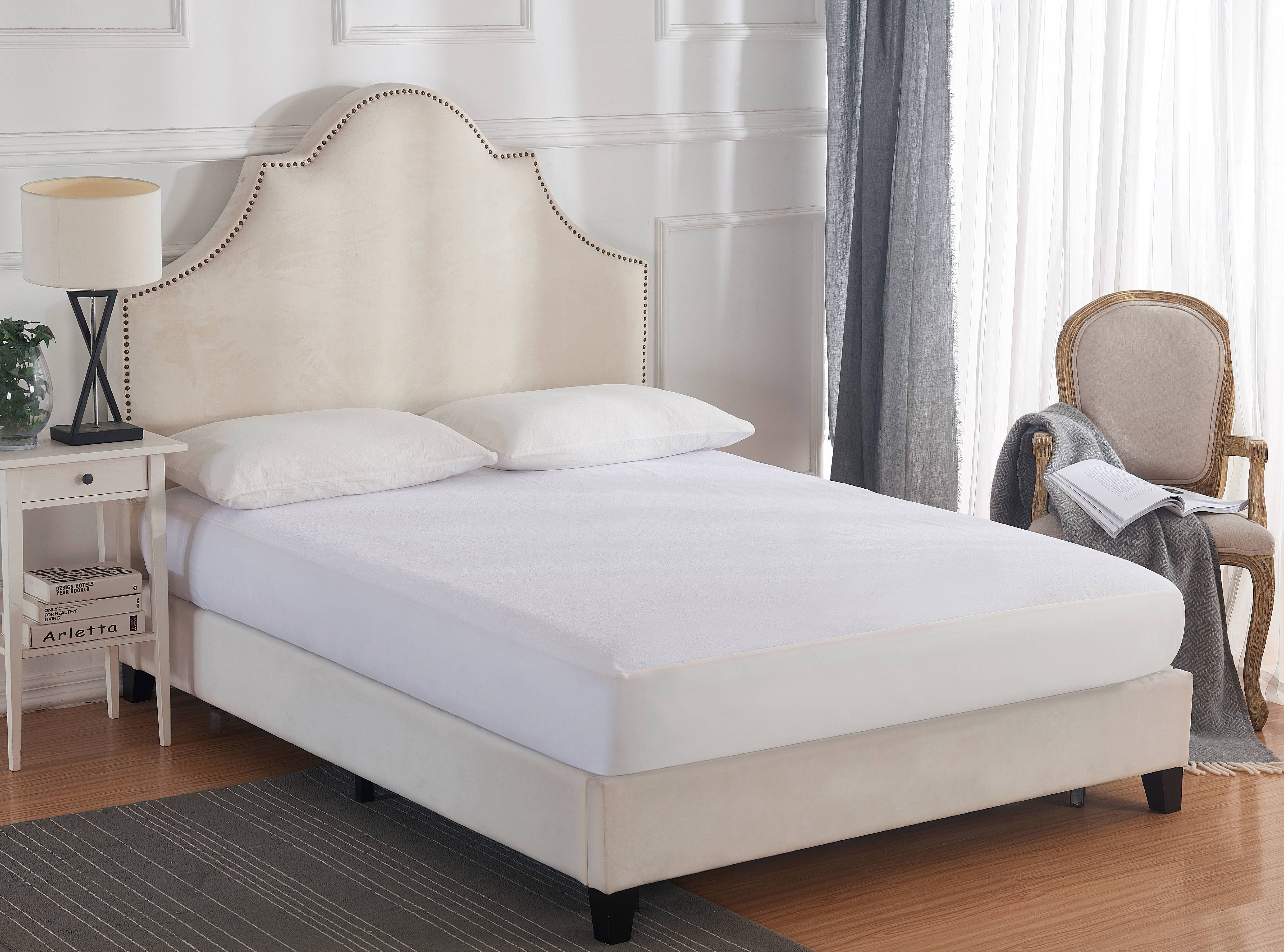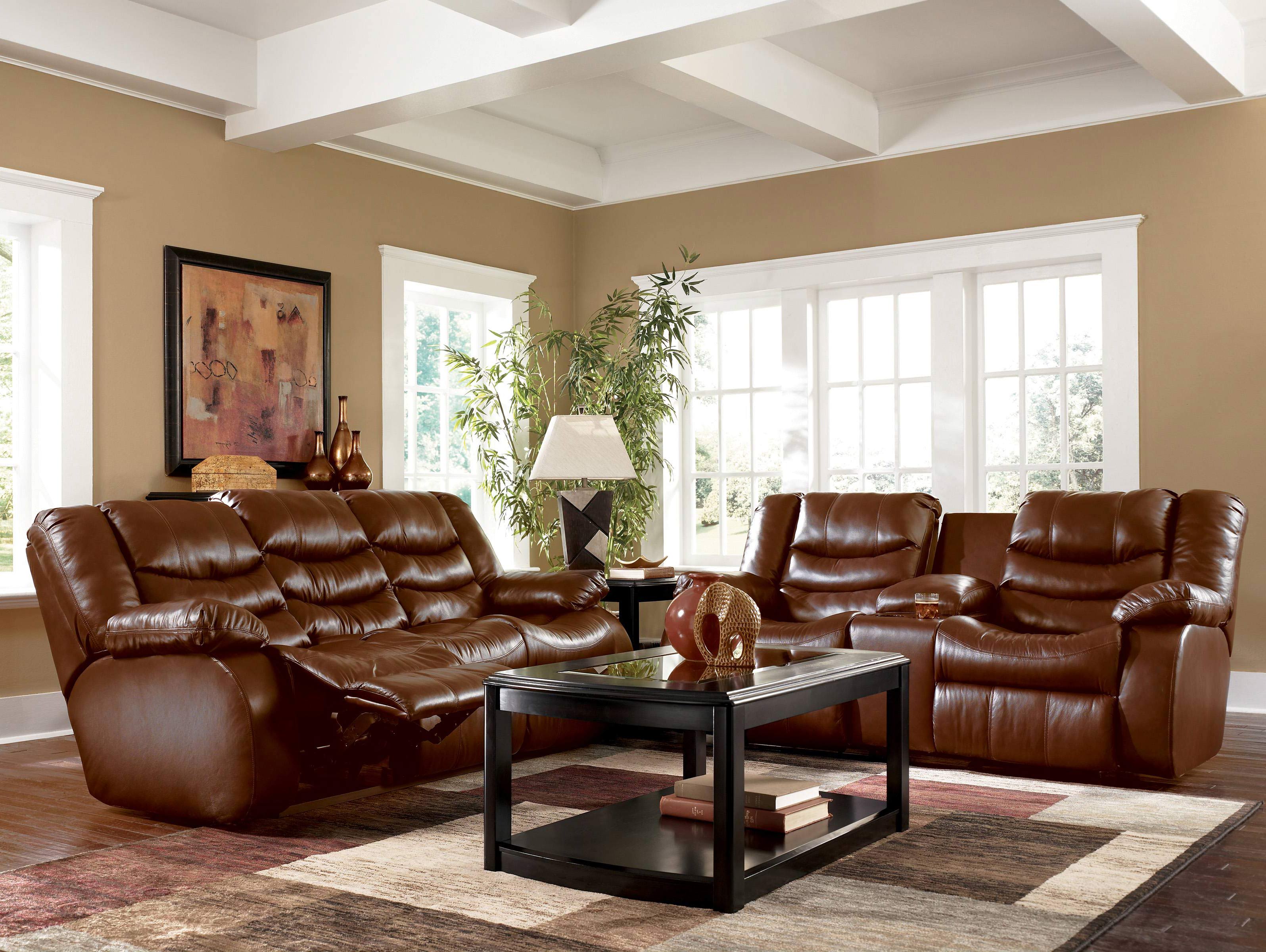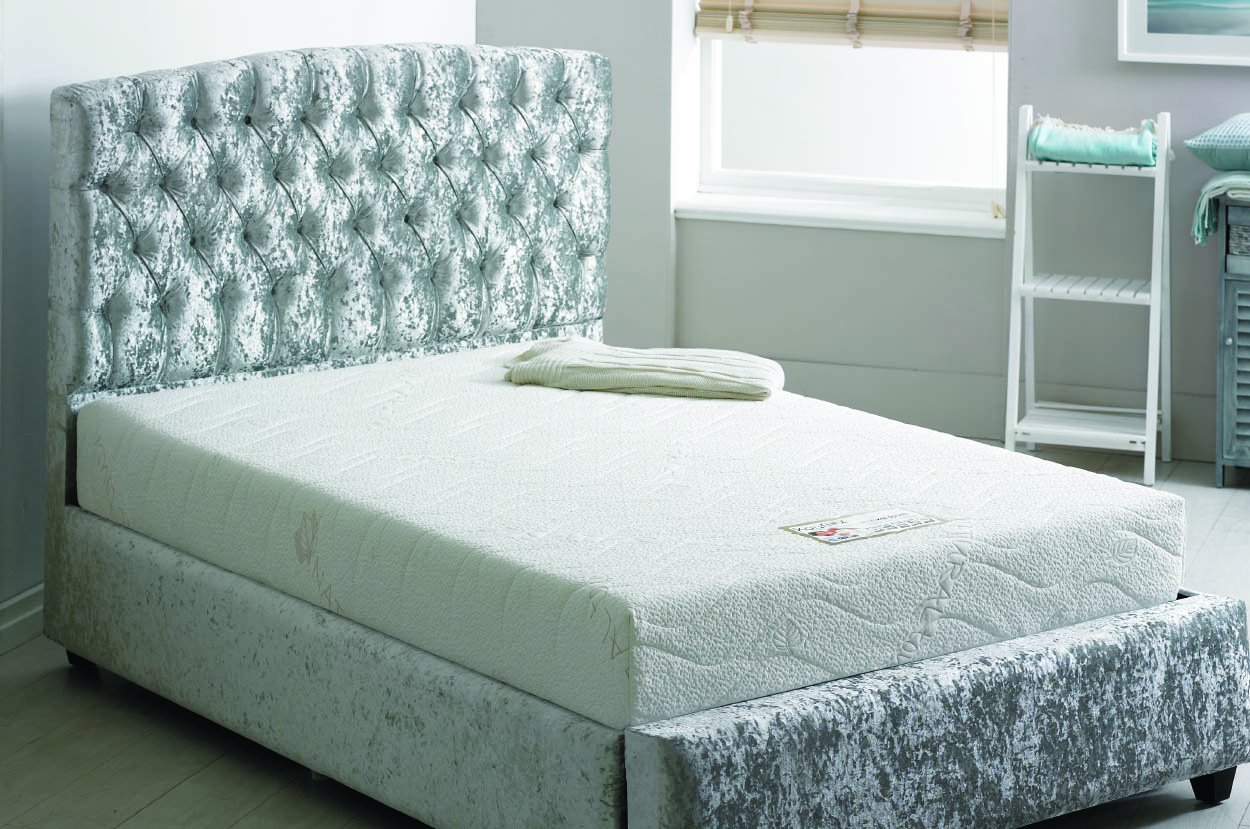A solar passive house design is an energy efficient building that utilizes passive solar techniques in order to reduce the amount of electricity used. Passive solar techniques use the sun's energy directly, rather than converting it into electricity. This type of design harvests solar energy by collecting and storing it, and then using it to heat and cool the building. For centuries, the sun has been a renewable energy resource that civilizations around the world have tapped into for their own energy needs. Today, solar passive house designs can be found around the world, from rural American towns, to France, to Indonesia. These energy efficient, solar powered homes are part of a new trend in sustainable living. These solar passive house designs are built using a variety of materials and technologies. For instance, some may employ various types of thermal insulation, solar panels or photovoltaic cells, and strategically placed windows or skylights to maximize the amount of daylight that the home can absorb. Exterior walls also may be designed to take full advantage of sunlight and minimize heat loss during the winter months. In terms of modern solar passive house design, architects and engineers have developed a number of strategies that can be implemented in order to maximize solar gain. The primary principle behind these strategies is to make full use of the sun's energy by orienting the structure to face south, and installing energy efficient windows with low-E (low-emittance) coatings, which help to reflect the sun's heat away rather than trapping it. Skylights and strategically placed windows are also key components to a successful solar passive design. As with any energy efficient design, the goal of a solar passive house design is to reduce the need for artificial energy sources such as electricity, saving money and giving the home a lesser carbon footprint. Additionally, these energy efficient homes are often built using green building materials and techniques, which further decrease its environmental impact.Solar Passive House Designs
When it comes to passive solar house design, there are several tips that homeowners can follow to ensure that their home is as energy efficient and comfortable as possible. The first step is to understand the basics of passive solar house design, including how it harnesses solar energy and how to utilize it for heating and cooling purposes. The second step is to determine the orientation of the house. This is critical as it will determine the amount of sunlight reaching the interior of the house. South facing homes are usually the most effective for harnessing solar energy, as they receive the most sun. East and West facing homes generally need additional features such as skylights or solar panels to capture the sun's energy. Homeowners should also take into consideration the climate that they are living in and the amount of available sunlight. In terms of design, it is important to include windows that allow natural light and heat to enter the home and minimize heat loss in the winter months. Skylights are also beneficial for bringing additional light and can help to evenly circulate hot or cool air within the home. Additionally, it is important to orient the building materials and design sacrifices to promote air circulation and excellent thermal efficiency throughout the home. In terms of energy ratings, it is important to consider a passive solar house design when selecting a building's insulation and windows. Low-E glass with reflective coatings to reflect away any additional heat during hotter months can also be beneficial. Additionally, when it comes to using solar energy for heating purposes, it is important to note that it is more efficient and economical to use it in conjunction with a good quality air conditioning system.Passive Solar House Design Tips
If you are interested in incorporating energy-saving features into your home, downloading a passive solar house design PDF is an ideal way to gain a better understanding of the principles behind creating an energy-efficient home. Passive solar house design PDFs provide detailed diagrams on how to orient a home to allow for maximum solar gain while still providing shade and protection from the elements. These PDFs also provide guidance on the materials to use for greater insulation and how those materials should be positioned to provide natural ventilation. Some passive solar house design PDFs also provide handy tips on how to get the most from the solar energy your home will produce, such as utilizing thermal mass, adding proper ventilation, and the best methods for reflecting heat from the windows. In addition, most passive solar house design PDFs will outline the best materials for windows and other areas of the home. Low-E glass is the preferred choice, as it provides greater reflection of the sun’s rays in the summer, while allowing heat to enter the home in the winter. In addition, your windows should be oriented in such a way that they are shaded from the sun during the hottest part of the day. Furthermore, passive solar house design PDFs will address the importance of proper insulation and airtightness with regards to heat loss from the house. This will allow your home to retain more heat, yet still provide adequate ventilation for indoor air quality. Passive Solar House Design PDF
The Solar Decathlon is a collegiate design competition sponsored by the U.S. Department of Energy where participating teams of college students must design and construct a completely solar-powered home. The competition, held annually, tests student’s abilities and encourages them to explore new technologies in order to create energy efficient, sustainable dwellings. When creating a solar decathlon house design, students must consider a number of elements to ensure their home meets the competition’s criteria. For instance, these houses must be built according to the Solar Decathlon’s regulations, which detail a number of energy efficient measures, such as the use of low-E glass windows, and insulation with a minimum R-value for both the interior and exterior walls. Furthermore, the homes must be powered solely by renewable energy sources, such as solar PV, wind turbines, and hydropower. Additionally, the design of the home must also take into account the competition’s criteria for energy use such as appliances, ventilation, and lighting. Finally, the teams must design and construct these homes in a manner that is both cost effective and aesthetically pleasing. The Solar Decathlon has become a showcase of the latest in sustainable and solar decathlon house design. The competition has provided a platform for students to explore new ideas, challenge their creativity, and push the boundaries of energy efficiency. Solar Decathlon House Design
When it comes to modern solar green house designs, the sky is the limit. Solar greenhouses can incorporate various features that allow them to maximize their efficiency and optimize their energy output. From choosing the right materials and components, to the orientation, design, and maintenance, there are many factors that go into designing a modern solar greenhouse. At the core of a solar green house design is the orientation of the building. When a greenhouse faces south, it can capture the most sunlight and provide the maximum amount of energy. Designers also consider how the buildings can be oriented to capture prevailing winds. Proper orientation allows for passive heating and cooling in order to make the most of energy savings. Insulation is another important factor for a solar green house design, as properly insulated buildings are able to maintain comfortable temperatures more efficiently. When it comes to insulating the greenhouse, many professionals choose materials such as aircrete, straw bales, cellulose, and rigid insulation board. Lightweight materials such as corrugated plastic and polycarbonate are also useful for creating a transparent and weatherproof exterior. Finally, many solar greenhouses will have the option for additional energy sources such as wind, solar thermal, and geothermal. When selecting a supplemental energy source, it is important to consider which renewable energy sources are best suited to the particular climate and geography of the area.Solar Green House Design
Modern solar modern house designs take advantage of the latest energy-saving technologies and materials to create comfortable, cozy homes that are as efficient as they are attractive. From properly orienting the home to capture the most sunlight, to installing the right insulation and airtightness, modern solar-powered homes are designed with energy efficiency in mind. When creating a solar modern house design, it is important to consider the orientation of the home. South facing homes tend to be the most efficient, as they can capture the most sunlight throughout the day. Additionally, properly orienting the home’s walls and windows, as well as strategic shading can also help to optimize the amount of solar energy entering the home. When selecting materials for the home’s exterior walls, design teams often choose durable yet lightweight materials such as vinyl siding or brick. To further promote energy efficiency, it is important to select materials with good insulation properties. More modern materials such as insulated concrete forms and reflective roofing can also be added to the design to increase the home’s energy efficiency. Finally, modern solar modern house designs can incorporate various sustainable technologies such as solar photovoltaic panels and solar thermal systems. To further enhance energy efficiency, passive cooling systems can also be included to reduce summer energy costs. All these features can help to create a comfortable and energy efficient home. Solar Modern House Design
When it comes to solar panels house design, the main element to consider is system orientation. If a home is orientated in the right direction, then it can capture the sun’s energy more effectively and be able to produce a higher wattage of electricity. Ideally, the home should face south so that the solar panels will be able to absorb the maximum amount of solar energy throughout the day. In terms of design, it is important to have the solar panels house design properly prepared, such as installing the correct roof pitch, and any required support structures. Additionally, it is also important to ensure the panels have sufficient clearances from surrounding trees or buildings, as well as the right amount of shade. The correct balance between the amount of sunlight the solar array will receive and the amount of shade will also help to maximize efficiency. When it comes to designing a solar array, the number of panels installed will depend on a number of factors. These include the size of the home, the energy usage of the household, and the amount of sunlight the solar array will receive. Additionally, the solar array design must also be configured to optimize the use of the available space so that the solar system can generate as much energy as possible. Another key element of a successful solar panels house design is the type of inverter that will be used. The right type of inverter will ensure the solar array is operating at maximum efficiency, so that the home can generate the greatest amount of energy. It is important to make sure that all components of the system are compatible so that the solar array can produce the most power.Solar Panels House Design
For modern homes, solar power house design is the perfect way to reduce energy costs and minimize the environmental impact of living. With solar power, homeowners can reduce the amount of electricity they consume, while still maintaining the same level of comfort. Additionally, solar power is clean and renewable, making it an excellent choice for sustainable living. When creating a solar power house design, the first step is to make sure that the home is properly oriented to the sun. Homes should face south, so that the solar array can receive the greatest amount of sunlight throughout the day. Additionally, it is important to limit the amount of shade that is cast over the home. Designers can use trees and other types of landscape to shade the home from the midday sun, while still allowing it to receive the optimal amount of sunlight. In terms of solar panel materials, there are many to choose from. Solar PV panels are the most common, and are available in a range of sizes, types, and levels of efficiency. Additionally, it is important to select an inverter that is up to the task of providing a steady flow of power to the home. Finally, a solar battery storage system should be included in the design to ensure that the home is self-sufficient when it comes to electricity. Designers can use a variety of technologies and materials to create a solar power house design that is both efficient and aesthetically pleasing. By utilizing the sun's energy, homeowners can power their homes while simultaneously reducing their environmental impact. Solar Power House Design
The ultimate goal of a solar powered house design is to create a comfortable environment that takes the least amount of energy to run, while still maintaining the same level of comfort. Solar powered homes take advantage of the sun’s energy to reduce electricity consumption, while still providing plenty of light and heat to the home. When designing a solar home, it is important to consider the orientation of the home. The ideal orientation is south facing, so that the home can receive the maximum amount of sunlight throughout the day. Additionally, design teams should take into consideration any shading that the home may receive, and how this can be minimized or even turned to their advantage.Solar Powered House Designs
Exploring the Benefits of Solar House Design
 Solar House Design offers many benefits that can help you save money and reduce your carbon footprint. By utilizing solar energy, you’ll be able to drastically reduce your monthly energy bills and help to create a healthier environment. Furthermore, you'll have greater control over your home's heating and cooling demands and reduce electricity waste.
Solar House Design offers many benefits that can help you save money and reduce your carbon footprint. By utilizing solar energy, you’ll be able to drastically reduce your monthly energy bills and help to create a healthier environment. Furthermore, you'll have greater control over your home's heating and cooling demands and reduce electricity waste.
Long-Term Savings from Solar Energy
 When you make the decision to incorporate solar energy into your home design plans, you’ll be investing in energy savings over a long period of time. For starters, you’ll be able to reduce your power needs, since the sun will provide needed energy for free. Furthermore, once the initial investment for solar energy systems and installation is complete, your power bills will be significantly reduced.
When you make the decision to incorporate solar energy into your home design plans, you’ll be investing in energy savings over a long period of time. For starters, you’ll be able to reduce your power needs, since the sun will provide needed energy for free. Furthermore, once the initial investment for solar energy systems and installation is complete, your power bills will be significantly reduced.
Reduced Pollution with Solar Energy
 In addition to saving money, Solar House Design is also an environmentally responsible choice. By switching to solar energy, you’ll be reducing your home’s emissions of greenhouse gases and other pollutants while helping to reduce the dependence on limited energy sources, such as fossil fuels. Plus, you’ll indirectly be helping global efforts to reduce atmospheric pollution.
In addition to saving money, Solar House Design is also an environmentally responsible choice. By switching to solar energy, you’ll be reducing your home’s emissions of greenhouse gases and other pollutants while helping to reduce the dependence on limited energy sources, such as fossil fuels. Plus, you’ll indirectly be helping global efforts to reduce atmospheric pollution.
Enhanced Comfort with Solar House Design
 The use of solar energy in house design plans can also improve your family’s comfort levels. Solar energy systems can be used to reduce the amount of energy needed for cooling and heating, which will help to reduce energy costs even further. Plus, you’ll enjoy a higher level of comfort with indoor temperatures that remain fairly steady throughout the day.
Solar House Design is an easy way to start saving money, reduce emissions, and improve your home’s level of comfort. When it comes to making a long-term investment in your home, solar energy is the perfect solution. The initial investment may be hefty, but the savings you’ll enjoy over the years will more than make up for it.
The use of solar energy in house design plans can also improve your family’s comfort levels. Solar energy systems can be used to reduce the amount of energy needed for cooling and heating, which will help to reduce energy costs even further. Plus, you’ll enjoy a higher level of comfort with indoor temperatures that remain fairly steady throughout the day.
Solar House Design is an easy way to start saving money, reduce emissions, and improve your home’s level of comfort. When it comes to making a long-term investment in your home, solar energy is the perfect solution. The initial investment may be hefty, but the savings you’ll enjoy over the years will more than make up for it.

























































































